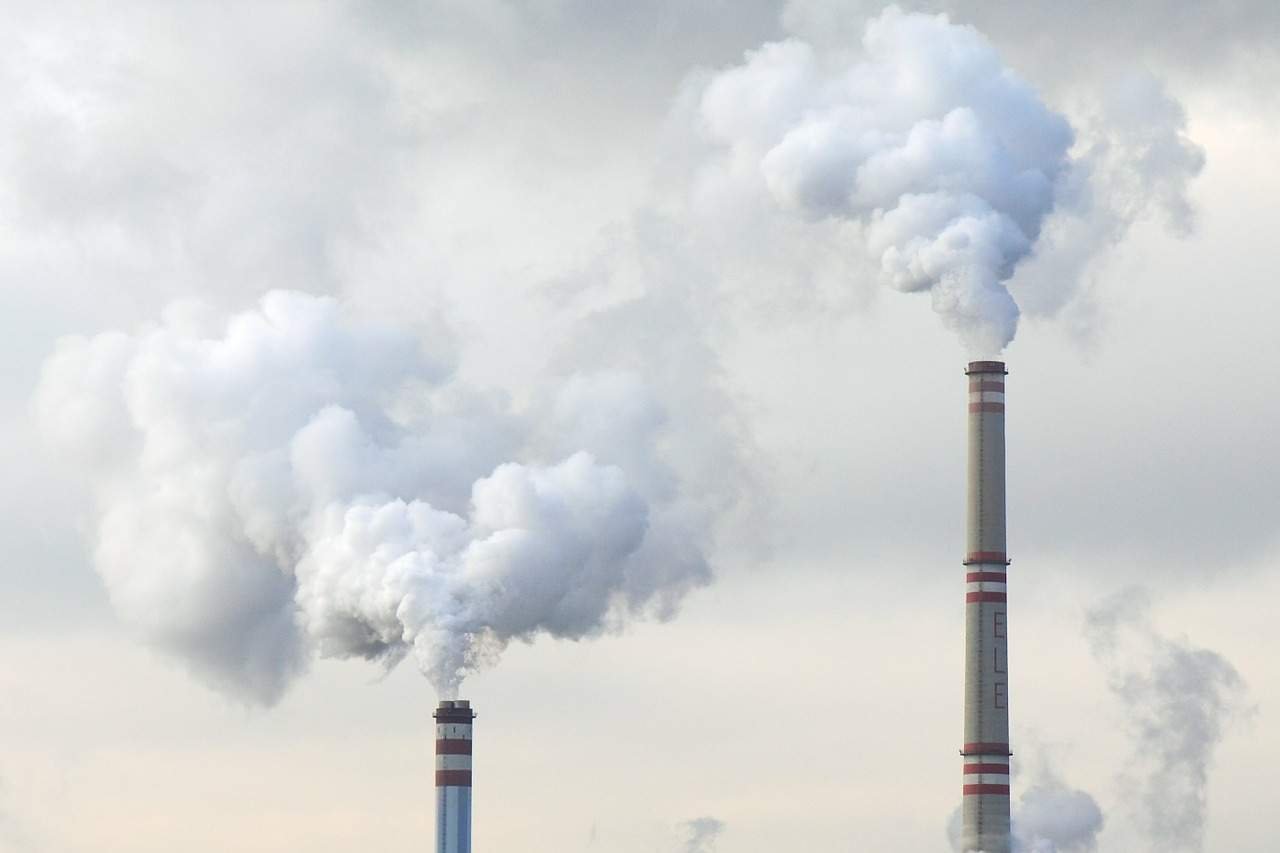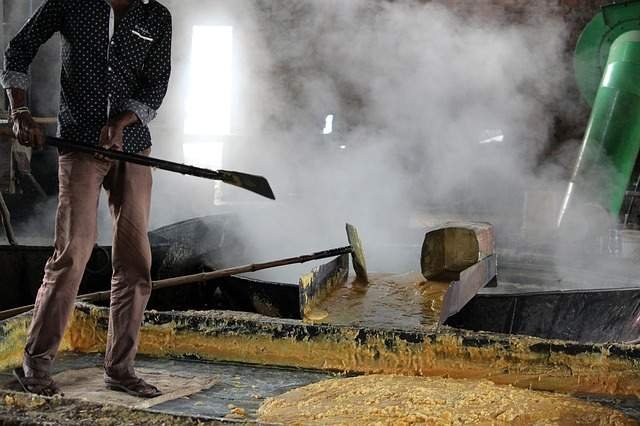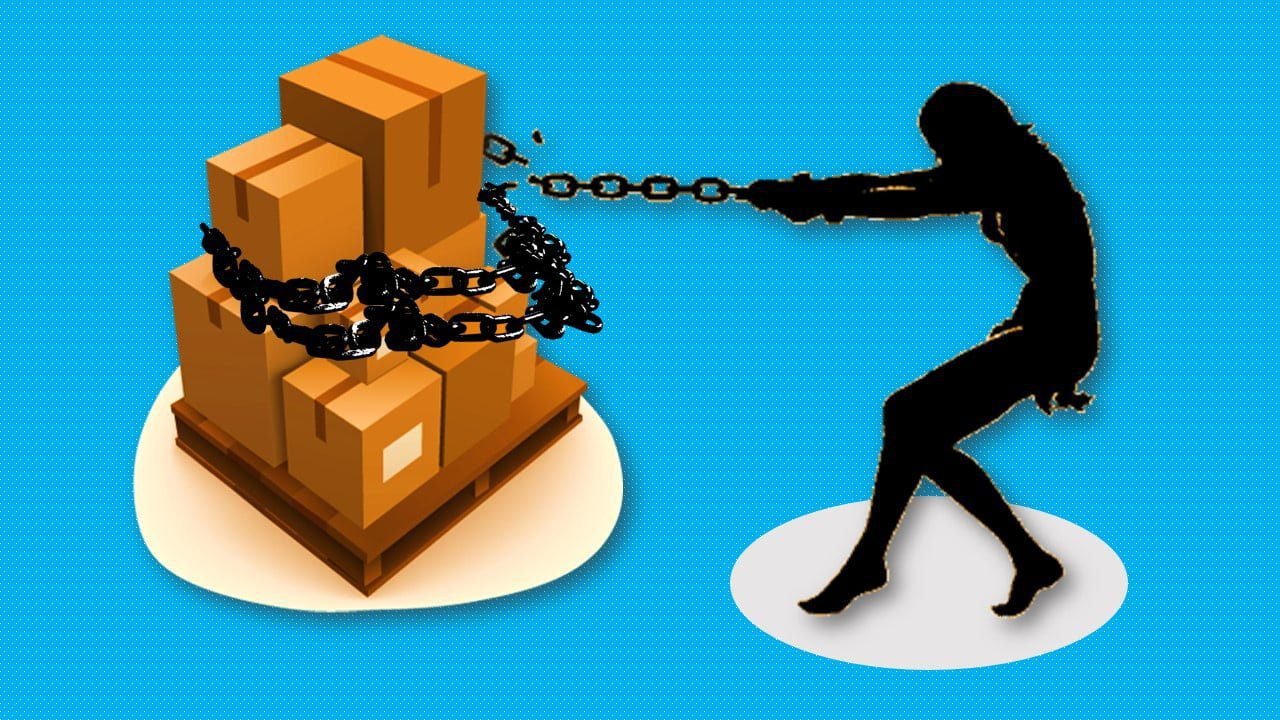The major factors affecting Production Process analysis Decisions is explaining in the 6 points of; 1) Nature of product/service demand, 2) Degree of Vertical Integration, 3) Product/Service and Volume Flexibility, 4) Degree of Automation, 5) Level of product/service quality, and 6) Degree of Customer Contact. Among the factors affecting production process analysis are the nature of product/service demand, degree of vertical integration, product/service and volume flexibility, degree of automation, level of product/service quality, and degree of customer contact.
Here are the answers – What are the major factors affecting Production Process analysis Decisions? Discussion.
What is process analysis? Process Analysis can understand as the rational breakdown of the production process into different phases, that turns input into the output. It refers to the full-fledged analysis of the business process. Which incorporates a series of logically linked routine activities. That uses the resources of the organization, to transform an object, to achieve and maintain the process excellence. The following questions and answer – What are the major factors affecting Production Process analysis Decisions? below are;
Nature of product/service demand:
Production systems exist to produce products/services of the kind that customers want, when they want them, and at a cost that allows the firm to be profitable. The place to start in analyzing production systems, therefore, is the demand for products and services. Of particular importance are the patterns of demand.
Patterns of Product/Service Demand;
First, production processes must have adequate capacity to produce the volume of the products/services that customers want. Forecasting methods help to estimate customer demand for products/services. These forecasts can then use to estimate the amount of production capacity needed in each future period. Seasonality, growth trends, and other patterns of demand, therefore, are important determinants of the production capacity necessary to satisfy demand.
Seasonality is an important consideration in planning the appropriate type of production process for a product/service. For example, if a product’s demand exhibits great variation from season to season, the production processes and inventory policies must design to allow the delivery of sufficient quantities of products or services during peak demand seasons, and yet still be able to produce products economically in slack demand seasons.
Similarly, the growth trends of product/service demand have important implications for analyzing production processes. For example, if a service expects to show strong sales growth over five years, provision must make for designing production processes whose capacity can expand to keep pace with demand.
Some types of processes can more easily expand than others, and the choice of the type of production process will affect by the forecast growth trends of product/service demand. As with seasonality and growth patterns, random fluctuations and cyclical patterns will also have an impact on production process designs. Also, the overall volume of the demand and the prices that can charge for the products/services will affect the type and characteristics of the production processes.
Degree of Vertical Integration:
One of the first issues to resolve when developing production processing designs is determining how much of a product/service the company will produce and how much will buy from suppliers. Vertical integration is the amount of the production and distribution chain, from suppliers of components to the delivery of finished products/ services to customers, that is brought under the ownership of a company.
There are two types of vertical integration, forward and backward. Forward integration means expanding ownership of the production and distribution chain forward towards the market. Backward integration means expanding ownership of the production and distribution chain backward towards the sources of supply.
Generally, there are three stages of production: component, subassembly, and final assembly.
For most manufacturers of finished products-such as Ford, Telco, and Maruti that assemble automobiles-the major issue of vertical integration is whether they should enter into supply contracts with suppliers of subassemblies and components, or backward integrate to produce subassemblies and components themselves. On the other hand, firms that are primarily subassembly suppliers. The major issues of vertical integration are whether they should forward integrate and assemble and market their finished products. In either case, the issue of whether to integrate vertically brings both opportunities and risks.
The amount of vertical integration that is right for a particular firm in one industry could be inappropriate for another firm in a different industry. For companies that would forward integrate towards the market. The predominant factor in such decisions is the ability of the company to market the products.
It should be clear from points that the decision whether to make products (backward integrate by bringing production of subassemblies and components in-house) or buy them from suppliers is not simple.
The points of Contention in a Decision Situation:
- Cost of making or producing subassemblies or components in-house versus buying them from suppliers.
- The amount of investment necessary to produce subassemblies or components in- house.
- The availability of funds to support the necessary expansion of production capacity.
- Effect on return on assets if the production of subassemblies or components undertakes.
- The present technological capabilities of the company to produce subassemblies or components.
- The need to develop technological capabilities to produce subassemblies or components to secure future competitive position.
- Availability of excellent suppliers who are willing to enter into long-term supply relationships, particularly those who can provide high-quality subassemblies and components at low prices. Who are well enough funded to ensure continuity of an adequate supply? And, who can work with the company to continuously improve product and component designs and manufacturing processes?
- Amount of market share held by the company.
Product/Service and Volume Flexibility:
Flexibility means being able to respond fast to customer’s needs. Flexibility is of two forms, product/ service flexibility, and volume flexibility. Product/service flexibility means the ability of the production system to quickly change from producing one product/ service to producing another. Volume flexibility means the ability to quickly increase or reduce the volume of products/services produced. Both of these forms of the flexibility of production systems are determined in large part when the production processes are designed.
Product/service flexibility requires when business strategies call for many custom-designed products/services each with rather small volumes or when new products must introduce quickly. In such cases, production processes must ordinarily plan and design to include general-purpose equipment and versatile employees. Who can easily change from one product/service to another? The concept of a flexible workforce involves training and cross-training workers in many types of jobs. Although training costs increase, the payoff is work that is perhaps more interesting for workers and a workforce. That can quickly shift from job to job and other products/services with little loss in productivity.
Volume flexibility:
Volume flexibility needs when demand is subject to peaks and valleys. And, when it is impractical to inventory products in anticipation of customer demand. In these cases, production processes must design with production capacities that can be quickly and inexpensively expand and contract. Manufacturing operations are ordinarily capital-intensive, which simply means that the predominant resource used is capital rather than labor.
Thus in the presence of variable product demand, capital equipment in production processes must design with production capacities that are near the peak levels of demand. This translates into either increased capital investment in buildings and equipment or the use of outside subcontractors and some provision for quickly expanding and contracting the workforce. Over time, layoffs or the recall of workers from layoffs, use of temporary or part-time workers on short notice, and permanent overstaffing are options commonly used to achieve the volume flexibility of employees.
Degree of Automation:
A key issue in analyzing production processes is determining how much automation to integrate into the production system. Because automated equipment is very expensive and managing the integration of automation into existing or new operations is difficult, automation projects are not undertaken lightly.
Historically, the discussion of how much automation to use in factories and services has centered on the cost savings from substituting machine effort for labor. Today, automation affects far more than the costs of production; in fact, for many companies automation is seen as basic to their ability to become or remain competitive.
Automation can reduce labor and related costs, but in many applications. The huge investment required by automation projects cannot justify labor savings alone. Increasingly, it is the other benefits of automation that motivate companies to invest in automation. The need to quickly produce products/services of high quality. And, the ability to quickly change production to other products/services are the key factors that support many of to day’s automation projects.
The degree of automation appropriate for the production of a product/service must drive by the operations strategies of the firm. If those strategies call for high quality, product flexibility, and fast production of products/services. Automation can be an important element of operations strategy.
Level of product/service quality:
In today’s competitive environment, product quality has become the chief weapon in the battle for world markets of mass-produced products. The choice of the production process is certainly affected by the desired level of product quality. At every step of process design, product quality enters into most of the major decisions.
For many firms, the issue of how much product quality required is directly related to the degree of automation-integrated into the production process. Automated machines can produce products of incredible uniformity. And with proper management, maintenance, and attention, products of superior quality can produce with automated production processes at low production costs.

Degree of Customer Contact:
For most services and some manufacturers, customers are an active part of the processes of producing and delivering products and services. The extent to which customers become involved in the production systems has important implications for the production processes. There is a wide range of degrees of the interaction of customers with the production system.
For example, at one extreme are barbershops, hair salons, and medical clinics. Here the customer becomes an active part of the production, and the service is performed on the customer. In these cases, the customer is the central focus of the design of production processes. Every element of the equipment, employee training, and buildings must design with the customer in mind.
Also, courteous attention and comfortable surroundings must provide to receive, hold, process, and release customers. In such systems, service quality, speed of performing the service, and reduced costs can improve with automated equipment. As long as the fundamental nature of the service does not materially affect.
At the other extreme of customer involvement, the design of production processes affects little because of interaction with customers. Examples of this type of service are fast-food restaurants or backroom operations at banks. In these operations, services are highly standardized, the production volume of services is high, and cost, price, and speed of delivery tend to be predominant in operations strategies.
Note: Maybe you learn and understand the questions – What are the major factors affecting the production process analysis decisions? If you are not getting your answers them comments below.









